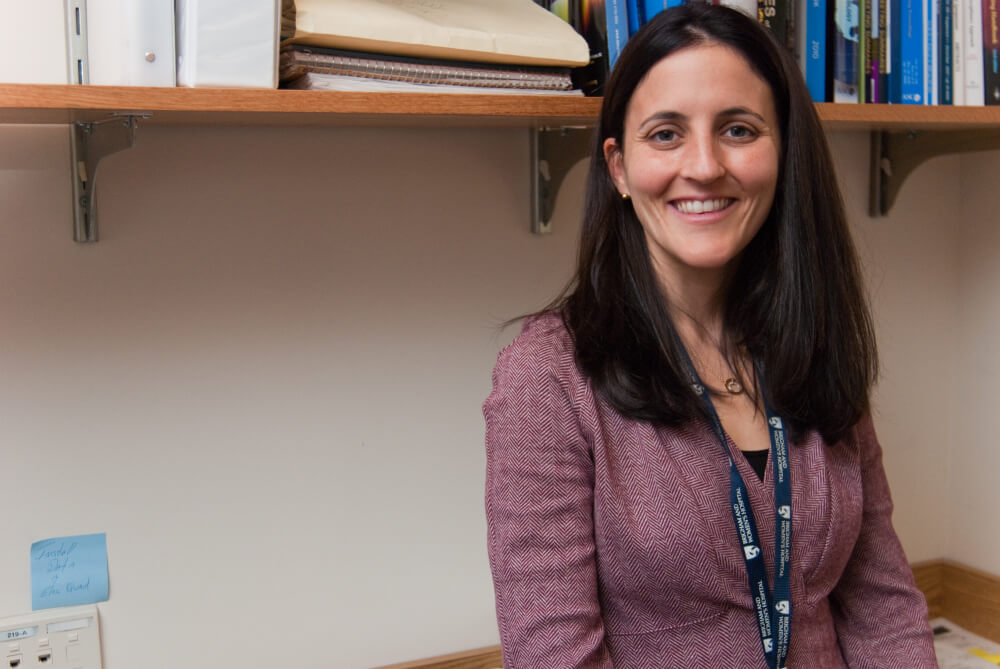Breast cancer is a family of diseases with a variety of different subtypes, some of which are often treated with chemotherapy. The treatment a patient receives depends on a variety of factors, including the subtype and stage of the disease — how far it has advanced — as well as genetic factors, the presence of other medical conditions, and patients’ individual goals and preferences.
If you have been diagnosed with breast cancer, remember: you are not alone. You and your care team will work together to come up with a treatment plan that is right for you.
Here, we focus primarily on the use of chemotherapy for breast cancer that is non-metastatic (in other words, breast cancer that hasn’t spread outside the breast).
How is hormone receptor-positive (HR-positive) breast cancer treated with chemotherapy?
The most common form of breast cancer, known as hormone receptor-positive (HR-positive) because it is sensitive to estrogen, is less commonly treated with chemotherapy than other breast cancer subtypes. This is because research over the past decade has led to a better understanding of which patients may or may not benefit from chemotherapy and because of the great impact of hormonal therapy (or anti-estrogen therapy) in lowering the risk that cancer will return. Although there are some instances in which chemotherapy is still appropriate for these cancers, they are a small minority of cases.
How are other types of breast cancer treated with chemotherapy?
For other breast cancer subtypes, such as triple-negative or human epidermal growth factor 2-positive (HER2+), chemotherapy is used more commonly because of its ability to substantially lower the risk for cancer recurrence. Depending on the form of breast cancer a patient has, chemotherapy may be used in conjunction with other drugs. For example, patients with HER2+ breast cancer (which carries a surplus of the HER2 protein) are often treated with a combination of chemotherapy and HER2-blocking drugs.
Once a decision is made to recommend chemotherapy and/or HER2-directed treatments, doctors work with patients to select the specific drugs for use in treatment. A variety of factors enter into the decision, including:

- The amount of cancer the patient has
- The subtype of the cancer
- The risk that the cancer could return after treatment
- Potential side effects
- Other health problems
- Patients’ preferences
A patient with cardiac disease, for example, may be recommended to receive agents that avoid the risk of heart damage. A patient whose work requires manual dexterity, such as a musician or painter, might opt for a chemotherapy drug less likely to produce peripheral neuropathy, numbness or tingling in the hands and feet. Some patients may also prefer agents that pose less risk of hair loss (although cooling caps allow many patients to retain their hair while being treated with other agents).
When chemotherapy is administered
The point at which patients receive chemotherapy during their course of treatment is highly individualized. Patients with small tumors tend to be treated with surgery first, followed by chemotherapy and, if necessary, radiation therapy. Surgical removal of the tumor provides physicians with information, such as the tumor’s size and presence in nearby lymph nodes, that can guide the rest of treatment.
Increasingly, patients who need chemotherapy are receiving it prior to surgery. This can not only shrink the tumor, reducing the need for extensive surgery, but it also indicates how responsive the cancer is to drug treatment. That information is particularly helpful in planning the patient’s treatment after surgery.
What are some of the potential side effects of chemotherapy for breast cancer?
The side effects can vary depending on the type of dose of the agents used and the length of treatment. Most patients tolerate chemotherapy well, but if side effects do occur, modifications can often be made to ensure treatments are safe and well tolerated. Some of the most common possible side effects are:
- Hair loss
- Nail changes
- Mouth sores
- Loss of appetite or weight changes
- Nausea and vomiting
- Diarrhea
Metastatic breast cancer
Chemotherapy can be a component of treatment for metastatic breast cancer as well, depending on patients’ individual circumstances. Learn more about metastatic breast cancer here.
Remember, you and your care team will develop the best treatment plan for you if you have been diagnosed with breast cancer, whether that includes chemotherapy or other options.
About the Medical Reviewer

Dr. Rachel Freedman is a medical oncologist and clinical researcher at DFCI in the Breast Oncology Program. In addition to seeing patients with breast cancer, her research focuses on improving the care of vulnerable patient populations who are under-represented in clinical trials and who are at risk for worse breast cancer outcomes, including older women and those who face challenges in access to care. In addition, she is interested in novel therapeutics, serving as the Principal Investigator for several clinical trials. She is also the founder and Director of the Program for Older Adults with Breast Cancer at DFCI. Dr. Freedman joined the faculty at DFCI in 2009. She studied at Georgetown University School of Medicine and obtained her master's in public health at the Harvard University T.H. Chan School of Public Health. Her research has been funded by Susan G Komen, ACS, NCI, Gateway for Cancer Research, METAvivor, and the Alliance for Clinical Trials Foundation.
